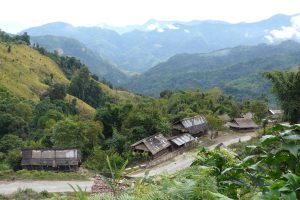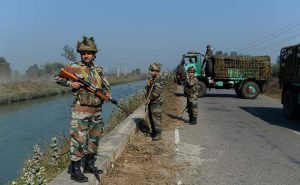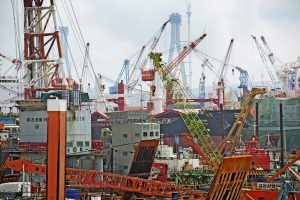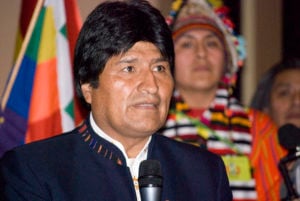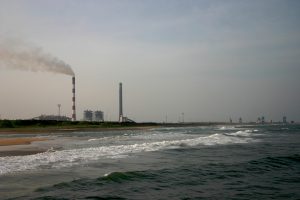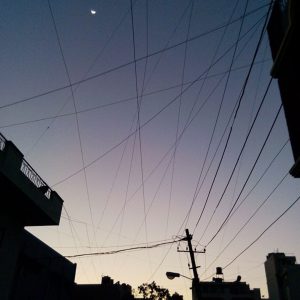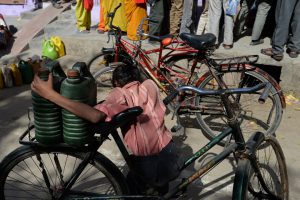In a small traditional ceremony, the Prime Minister of Bhutan, Tshering Tobgay inaugurated the country’s first wind turbines in Rubesa gewog – a group of villages in the western district of Wangduephodrang. Although the installation involved only two wind turbines, the Prime Minister called it a historic day for renewable energy in the country of 700,000 people.
The turbines are estimated to produce 600 KW of energy, which would be sufficient to light 300 households. The blades for the wind turbines were imported from Osaka in Japan to guarantee reliability.
A history of hydropower
Since the 1980s Bhutan has focused on energy generation through hydropower, in partnership with India. Today the country exports 1,380 MW out of the 1,840 MW it generates to India, a staggering 75%. In 2009, the export of electricity accounted for 42% of Bhutan’s USD 495.8 million worth of exports.
Nevertheless, due to fears of the effect of climate change and its impact on water flow, as well as to meet its commitments at the Paris COP 21, the Bhutanese government has started to lay emphasis on diversification away from its dams. It is now exploring other forms of renewable energy and is promoting the building of windmills, biogas plants, solar power plants, and small hydropower plants.
Shifting to wind and other renewables
After the successful implementation of hydropower projects, the use of wind power is a new leap forward towards the use of renewable energy in Bhutan, the Economic Affairs Minister of Bhutan, Norbu Wangchuk told thethirdpole.net. He described the use of wind energy as “eye-opening”, since it revealed “that there is a vast potential [of harnessing] energy from wind.” The initial plan was to install at least 24 wind turbines but amid public complaints about possible noise pollution, the government decided to scale the first pilot project down to two.
The minister told thethirdpole.net that the government has also started exploring the possibility of building a 30 MW solar energy plant in Shingkhar in Bumthang district. This is part of an Asian Development Bank project, financed by Norway. The solar power plant would be the first of its kind in Bhutan.
“We are also promoting other alternative renewable energy sources such as biogas, solar and small (below 25 MW) hydropower plants. About 13,500 cooking stoves and 2,800 biogas plants were put in place across the country,” said the minister.
Hydropower is still king
Wangchuk told thethirdpole.net, “Bhutan should not be complacent because we have hydropower, which generates the world’s cheapest energy. We should ensure that all other renewable resources are being utilised.” However, he said, compared to hydropower, solar and wind power is more expensive.
He said exploring other forms of clean and renewable energy like wind, biogas and solar would supplement hydropower shortages during the dry season, and reduce imports of energy from India in winter. The country’s generation during winter months drops to 284 MW against the total installed capacity of 1,488 MW. During this time, Bhutan has to import electricity from India.
In the past few years, Bhutan’s hydropower exports are falling, while energy imports are increasing. According to the 2014 Druk Green Power Corporation (DGPC) report, in 2013, Bhutan exported 5,557 million units (MU) of energy worth about Nu 11 billion (USD 160 million) while it imported 108 MU worth around Nu 222 million (USD 3.26 million). In 2014, exports dropped to 5,044 MU and imports increased to 187 MU. The organisation said earlier this year that energy import had probably increased further this year. Managing Director Chhewang Rinzin said DGPC was talking to its Indian counterparts to allow Bhutan to import 20-100 MW of power at certain times during the winter months when the river water was at its lowest.
Wangchuk said Bhutan’s move to diversify its renewable energy sources had received huge support from global leaders, because Bhutan had remained committed to the use of renewable energy and would pursue a low carbon growth path. “We have affirmed that economy and ecology can coexist,” said the minister.
![<p>A new wind turbine installed in Bhutan [image by Dawa Gyelmo]</p>](https://dialogue.earth/content/uploads/2016/02/windmill-2-e1593166271149.jpg)

